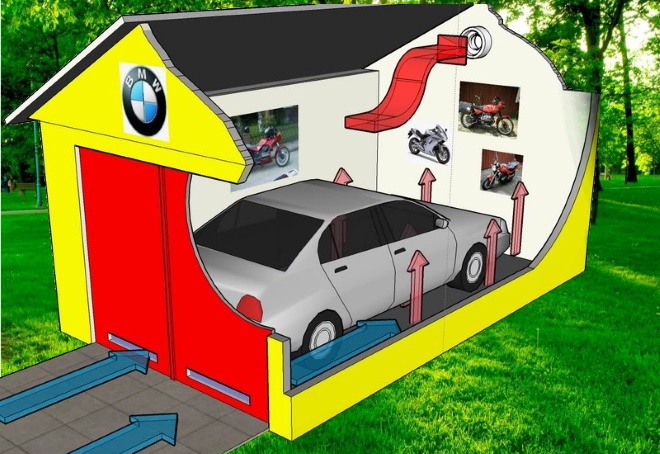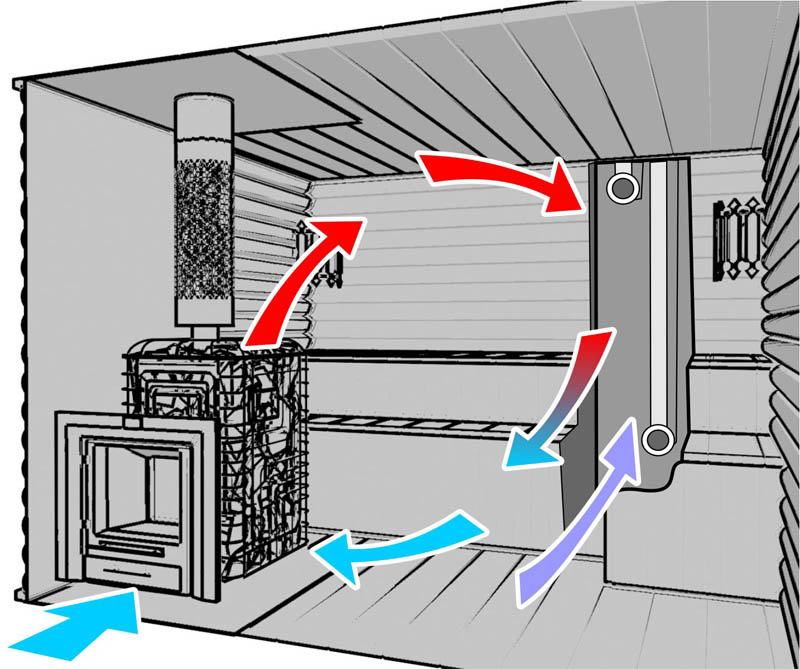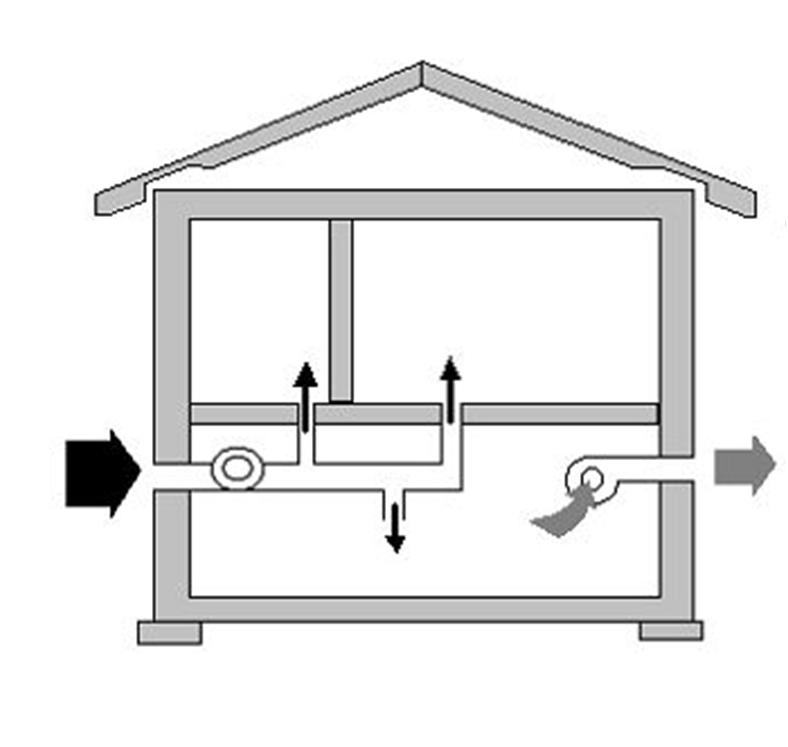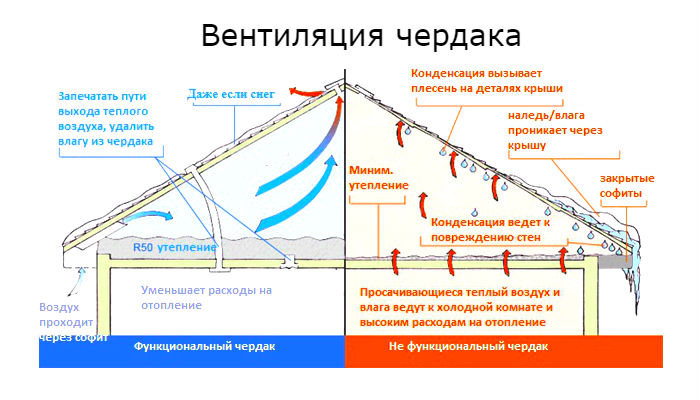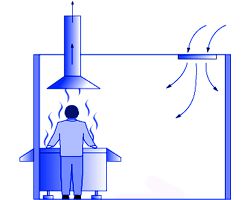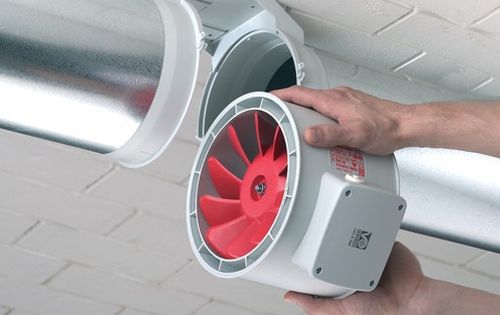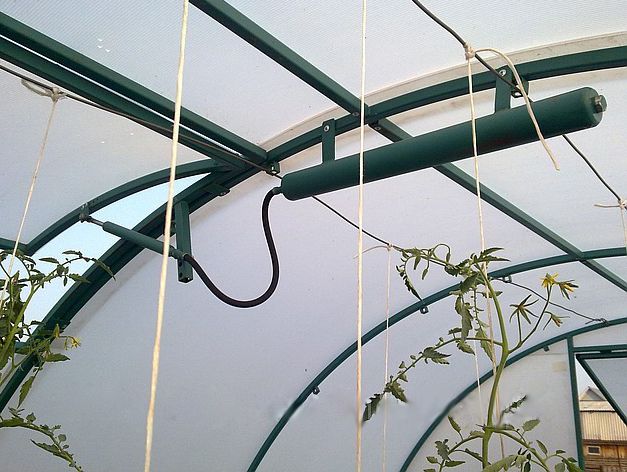Modern standards for the construction of multi-storey buildings provide for the creation of an air pressure in the elevator shafts, which facilitates the evacuation of people using elevators in the event of a fire.
Elevator shaft ventilation diagram
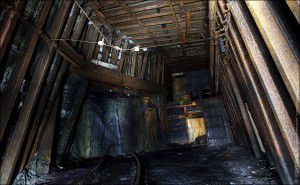
According to the Building Code, a minimum pressure of 20 Pa must be ensured in the elevator shafts. The air flow is directed from the top of the shaft, squeezing out the smoke from the bottom during a fire. In the mines of specialized fire-fighting elevators, the pressure should be from 40 Pa. Ventilation equipment that builds up pressure for ventilation of elevator shafts is installed during the construction of the building in the last stages. There is a possibility of arranging anti-smoke ventilation of elevator shafts in existing high-rise buildings. In many buildings that have already been commissioned, mine ventilation has not been designed. But the installation of equipment for air pressure and smoke removal is possible even in populated houses.
Coal mine ventilation
The main purpose of ventilation of coal mines is to provide the necessary amount of clean air for all tunnels and passages in the mine, as well as to reduce the amount of toxic impurities, gases, dust that cannot be eliminated by other methods.
In coal mines, there is a possibility of an explosion, since the air is filled with coal dust, gases. Therefore, to prevent worker poisoning, explosions and fires, a seam degassing system and mine ventilation design are being installed.
It is carried out by laying ventilation shafts and wells.
Ventilation can be central or flank, as well as combined.
There are three ventilation schemes for the mine:
- Suction;
- Discharge;
- Combined.
According to the central scheme, air is supplied through the wells and through them is also discharged. A ventilation well is a large diameter well drilled specifically to ventilate a coal mine. It is mainly used for the outflow of air and gas from the mine. But sometimes also as a supply channel. The central ventilation scheme of the mine is equipped in mines of small area and capacity, when working at great depths.
A more perfect scheme is the central one with the assignment of the ventilation duct. Air is supplied to the central channel, and it is discharged through a system of pits located in the shaft bends. Convenient for shallow but branched mines.
For ventilation of a coal mine of a large area, heavily gassed, ventilation sections are used, installed at a distance from each other and covering the entire area of the mine.

